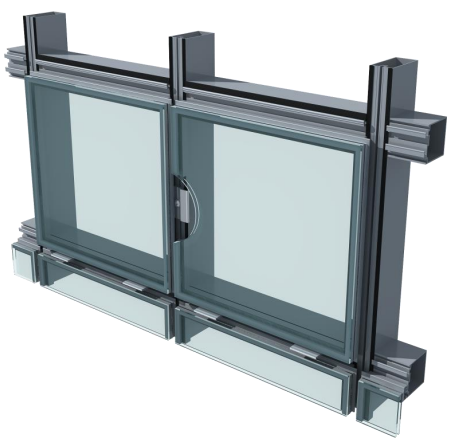

The Allure of Reflective Grey Glass A Modern Architectural Trend
In the world of contemporary architecture and design, materials play a crucial role in defining aesthetics and functionality. Among these materials, reflective grey glass has emerged as a defining element, enhancing the elegance of buildings while serving practical purposes. This article delves into the characteristics, applications, and advantages of reflective grey glass, highlighting why it has become a favored choice for architects and designers alike.
The Aesthetic Appeal
Reflective grey glass is a versatile material that combines sophistication with a sleek modern touch. Its neutral tint allows it to blend seamlessly with various architectural styles, from minimalistic designs to more ornate structures. The reflective quality of the glass not only adds depth to facades but also creates an illusion of expanded space, especially in urban environments. When the sun hits its surface, it produces a stunning interplay of light and reflections, enabling buildings to harmonize with their surroundings. This property of reflective grey glass makes it an excellent choice for both residential and commercial applications, as it enhances curb appeal while maintaining a modern edge.
Practical Benefits
Beyond its visual appeal, reflective grey glass presents numerous practical advantages. One of the most significant benefits is its energy efficiency. The reflective surface helps to reduce heat absorption, thereby minimizing the need for air conditioning in warmer climates. This energy-saving feature is particularly appealing to those looking to create sustainable buildings that align with environmentally conscious ideals. Furthermore, the reflective properties can help reduce glare, making indoor spaces more comfortable and functional for occupants.
Additionally, reflective grey glass offers excellent UV protection, shielding furniture and interiors from harmful ultraviolet rays that can lead to fading and deterioration
. This quality is especially valuable in spaces with large glass facades, such as offices, retail stores, and homes, where maintaining the integrity of interior designs is essential.Privacy and Security

Another compelling reason for incorporating reflective grey glass into architectural designs is the balance it provides between privacy and light. During the day, the reflective surface acts as a barrier, minimizing visibility from the outside while allowing natural light to flood the interior spaces. This is particularly advantageous in densely populated urban areas where buildings are often situated close to one another. The ability to maintain privacy without sacrificing light creates a more enjoyable living and working environment.
Moreover, reflective grey glass is typically more durable and resistant to impacts compared to standard glass. This added level of security can deter break-ins and vandalism, making it a sensible choice for commercial buildings and residential properties alike. In an age where safety is paramount, the use of reflective grey glass serves to enhance the overall security profile of structures.
Versatile Applications
Reflective grey glass can be used in a variety of ways within architectural design. Its applications range from entire building facades, window systems, and skylights to interior partitioning and decorative elements. The ability to customize shapes, sizes, and thicknesses allows architects to leverage this material in innovative ways, often pushing the boundaries of traditional design.
In urban settings, reflective grey glass can also contribute to the aesthetic continuity of cityscapes. By reflecting the surrounding architecture and landscape, buildings adorned with this glass become integrated with their environment rather than dominating it. This creates a cohesive architectural dialogue between nature and modernity.
Conclusion
Reflective grey glass is more than just a trend; it is a transformative material that enhances both the aesthetic and functional aspects of architectural design. Through its ability to provide energy efficiency, privacy, and security, along with its striking visual appeal, it has secured a place in the hearts of architects, designers, and property owners alike. As cities continue to evolve and adapt to modern needs, the use of reflective grey glass is likely to increase, shaping the future of urban architecture for years to come.